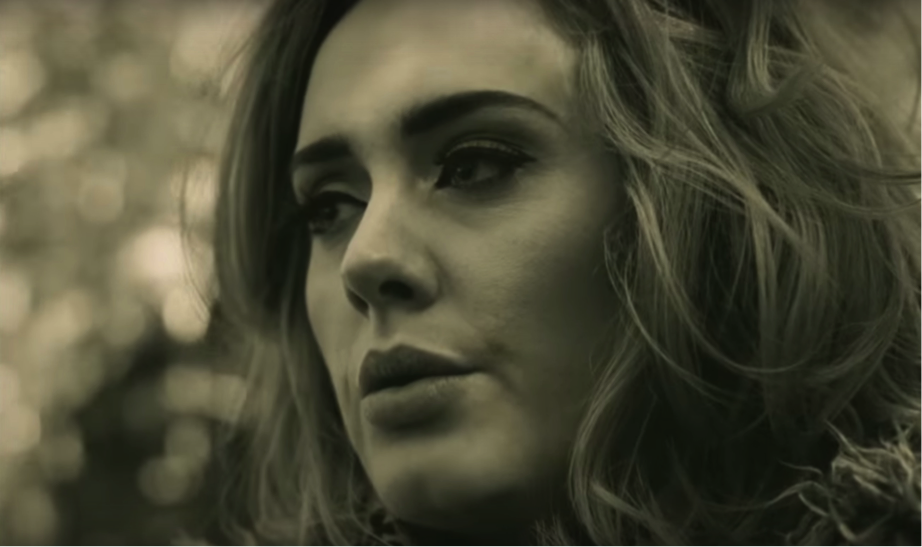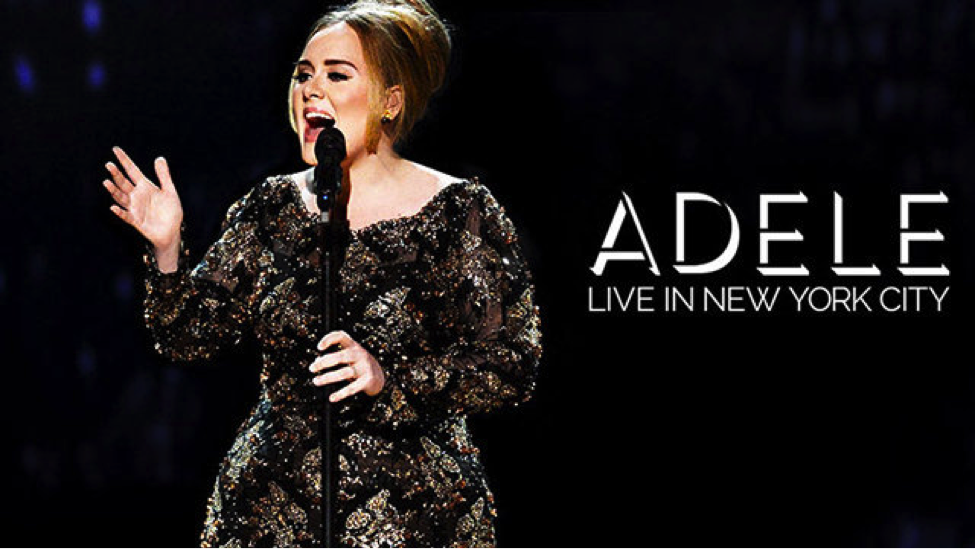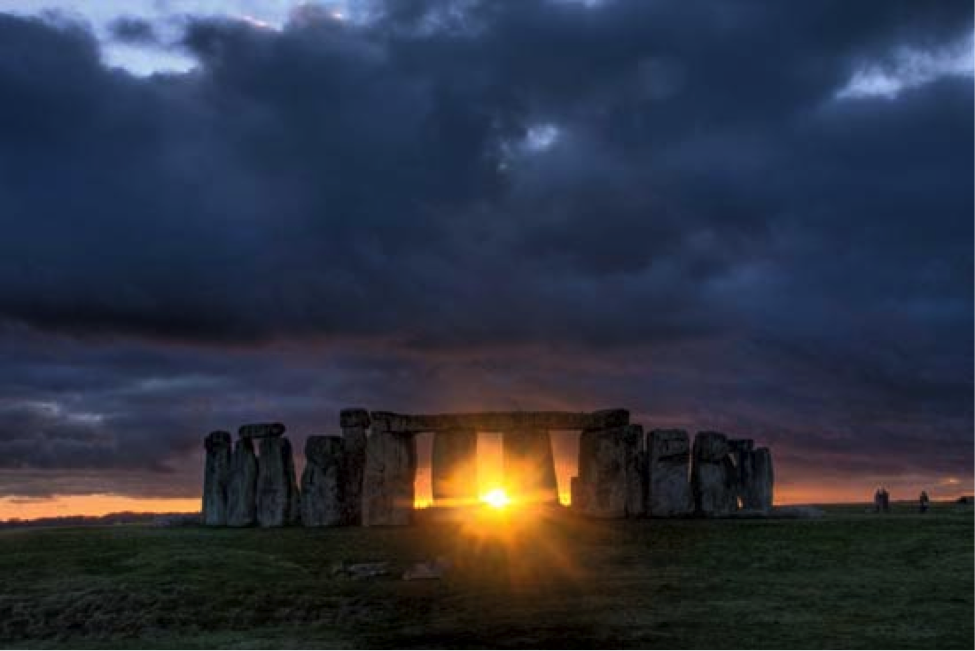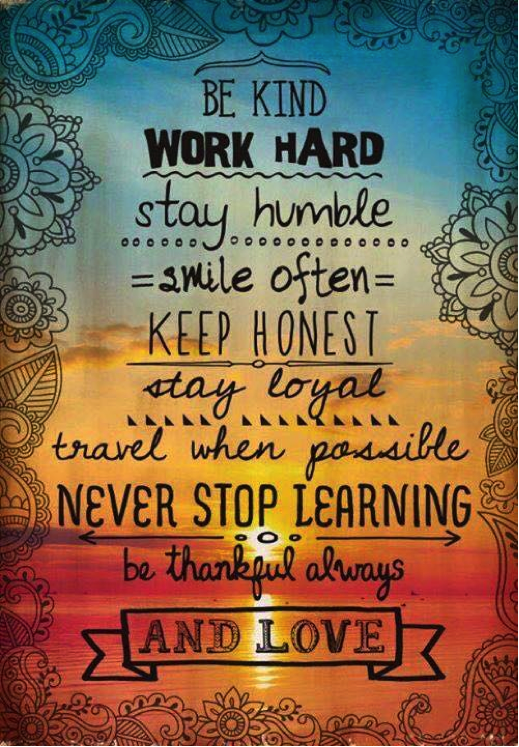There is an unscripted moment at the conclusion of Adele’s November 17, 2015 Radio City Music Hall concert. After leaving the stage the camera continues to roll as she steps into a backstage elevator. There, she falls into the arms of a companion sobbing uncontrollably as the door closes behind her.
That scene could be a metaphor for the evening – a simple, quiet, unexpected explosion of emotion – that tells us something about the woman with the most luminous voice in more than a generation. She writes her own songs and the lyrics come across as desperate bleeding sores.
When We Were Young
Let me photograph you in this light
In case it is the last time
That we might be exactly like we were
Before we realized
We were sad of getting old
It made us restless
I’m so mad I’m getting old
It makes me reckless
It was just like a movie
It was just like a song
When we were young
The New York concert, shown on NBC on December 14, was riveting. Her last concert, in 2011, celebrated the release of her second studio album, the age-titled “21”. In the four-year interim she has undergone throat surgery to remove a bleeding polyp, quit smoking, given birth to her first child, and composed the songs for her third album, “25.” Despite the surgery the voice has lost none of its range, clarity or power. No one in recent memory has a voice or musical presence as mesmerizing.
“25” was the most anticipated music event of the year and didn’t disappoint. Its hit single, Hello was an instant success and the album, in six weeks, became the biggest selling album of the year and the decade – even though she defied conventional thinking and withheld it from the streaming sites.
She weathered a storm of criticism after the release of her first album, “19” seven years ago. With a surprise appearance on Saturday Night Live in 2008 the conversation ricocheted back and forth between her extraordinary voice and the fact that she was a pudgy, maybe even unattractive, young woman. Definitely not star quality. But, the conversation was wrong. The UK had already made her a star, and it wasn’t long before negative voices were drowned out and the US caught up.
Like Taylor Swift, Adele writes her own songs. Unlike Swift’s, hers are heart wrenching, heart-breaking personal statements of loss and longing. Swift’s are personal too but tend to be catchy or ironic contemporary statements. Adele’s are raw aching stories of remorse and regret delivered with an arresting combination of intimacy and power.
Today Adele seems more self-assured, but when she stops singing the insecure cockney girl is still there. Watch any of the unedited YouTube videos or the unscripted asides in the Radio City concert and the blue-collar girl is there – nervous, awkward and sometimes silly. But, when she opens her mouth to sing there is nothing like it. It’s been a long time since we’ve heard a voice and musical persona like hers on the scene.
The first time I heard Joan Baez, 55 years ago, I had a similar reaction. I was sitting outside a small music store in Claremont California talking to Mr. Chase, the owner, when I heard it. I asked him who was singing and he told me it was a local girl whose father taught at Claremont Pomona. That was the day I bought my first guitar and the first of many Joan Baez albums. The voice was pure and unmistakable like Adele’s, but, as a songwriter, she didn’t pick the scabs or reach deep into her own emotional wounds for material. She was a unique delivery system for the music she shared with us, but she didn’t give herself to the audience as Adele does.
Rolling Stone’s November 19, 2015 issue featured her on the cover and in a long article on her private life. The boyfriend she sang about in When We Were Young, Someone Like You, and Set Fire To The Rain is gone now and she has a new “bloke” and a child. But, in spite of her professed happiness the raw, painful emotions of that earlier time are still pulsing in her new songs.
Hello
Hello, it’s me
I was wondering if after all these years you’d like to meet
To go over everything.
They say that time’s
Supposed to heal ya
But I ain’t done much healing.
Hello, can you hear me
I’m in California dreaming about who we used to be
When we were younger and free
I’ve forgotten how it felt before the world fell at our feet.
There’s such a difference between us
And a million miles.
You have to listen. This is Someone Like You: https://www.youtube.com/watch?v=hLQl3WQQoQ0













 I was an early but not an avid reader. Ellen Smith, my high school English teacher, helped change that and I was reminded of her last week as I blogged about Hemingway.
I was an early but not an avid reader. Ellen Smith, my high school English teacher, helped change that and I was reminded of her last week as I blogged about Hemingway.
































